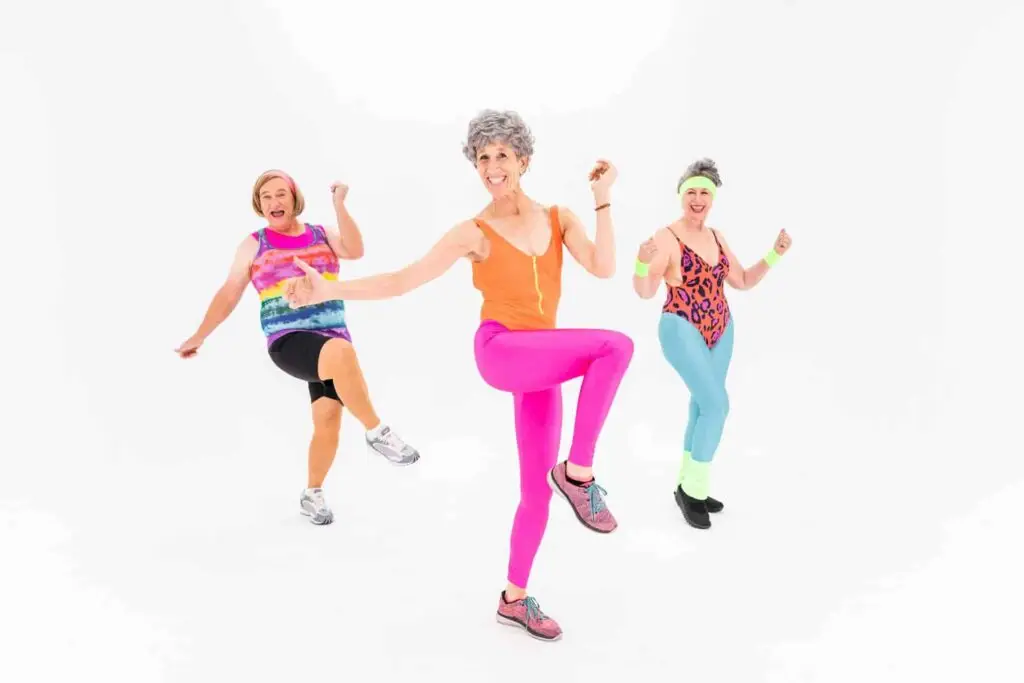Table of Contents
Table of Contents
Table of Contents
Effective Balance and Strength Training for Seniors: At-Home Exercises to Build Core and Stability
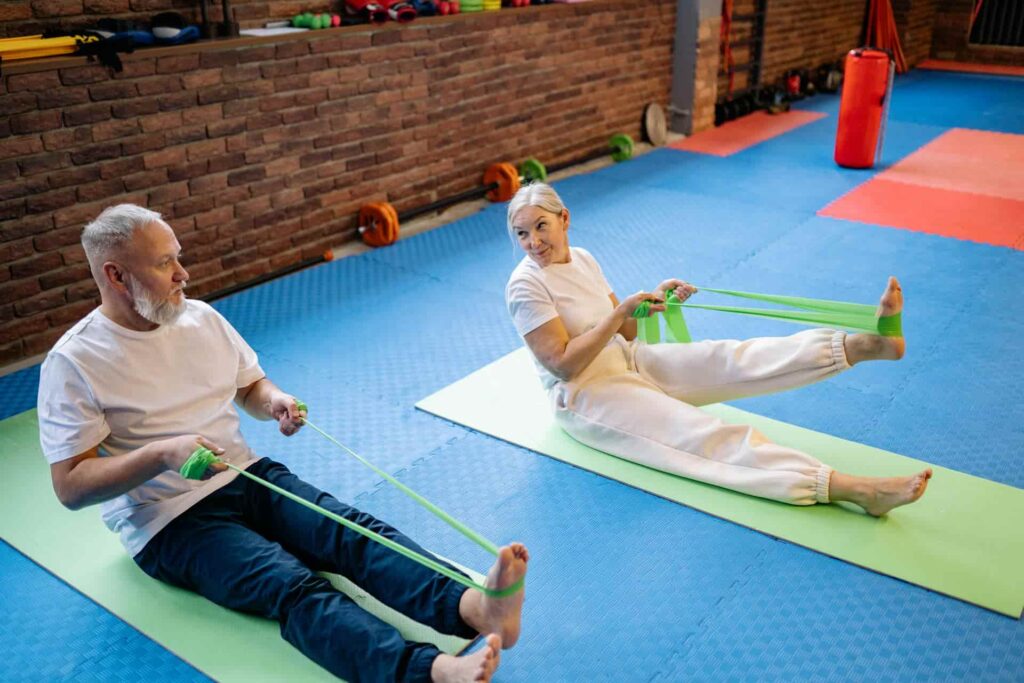
As we age, maintaining balance and strength becomes more than just an aspect of physical fitness; it’s a vital part of ensuring independence, confidence, and quality of life. This guide provides practical balance training for seniors and essential at-home exercises that promote core stability and strength. Simple yet effective, these exercises can be life-changing, making daily activities easier, reducing the risk of falls, and bringing back that essential sense of freedom.
Why Balance Training for Seniors is Essential for Healthy Aging

Balance training for seniors isn’t just about staying upright; it’s about regaining control over movements, enhancing reflexes, and maintaining stability in challenging situations. As strength naturally declines with age, it becomes crucial to reinforce core muscles, leg strength, and flexibility to prevent accidents and improve mobility. With consistent training, seniors can enjoy greater confidence in movement, whether it’s navigating stairs, carrying groceries, or simply standing up from a chair.
The Basics: Simple Yet Effective Exercises for Seniors at Home
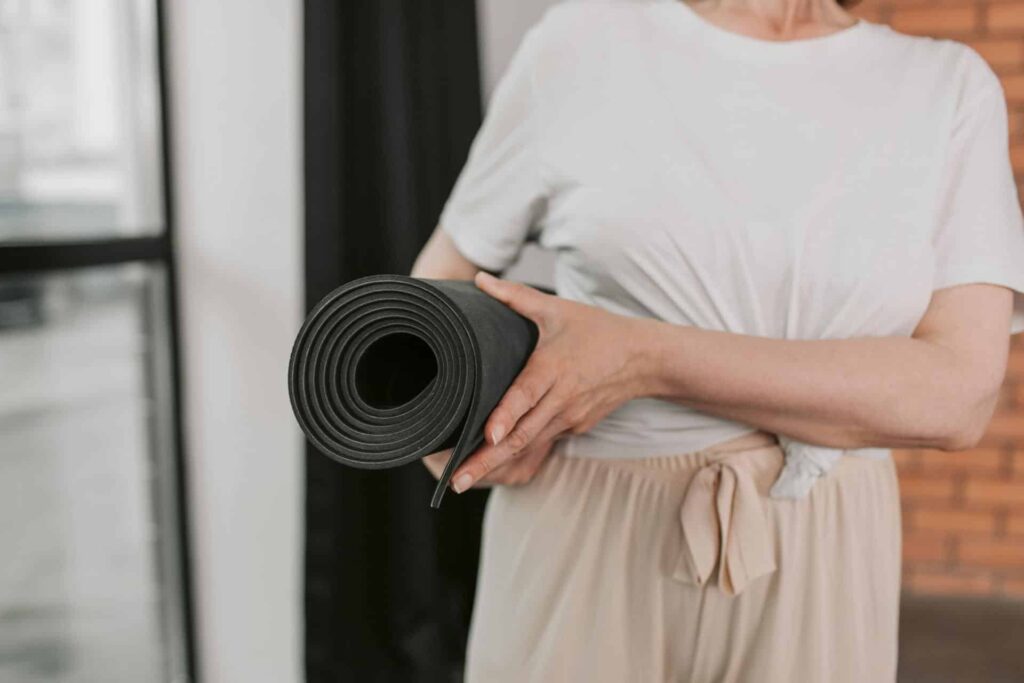
Here are some effective exercises for seniors at home that require minimal equipment. These exercises are designed to be safe and easy to incorporate into a daily routine, helping to build strength, coordination, and flexibility.
Warm-Up: Preparing the Body for Balance Training
Start each session with a warm-up to prevent injury and prepare muscles for movement. This might include light marching in place, arm circles, or gentle stretches.
Arm Circles
Extend your arms and make small circles to warm up the shoulder and arm muscles.Seated Leg Extensions
Sit in a chair and lift each leg one at a time, holding for a few seconds. This helps activate the leg muscles and prepares them for balance work.
Core Exercises for Seniors: Building a Strong Foundation
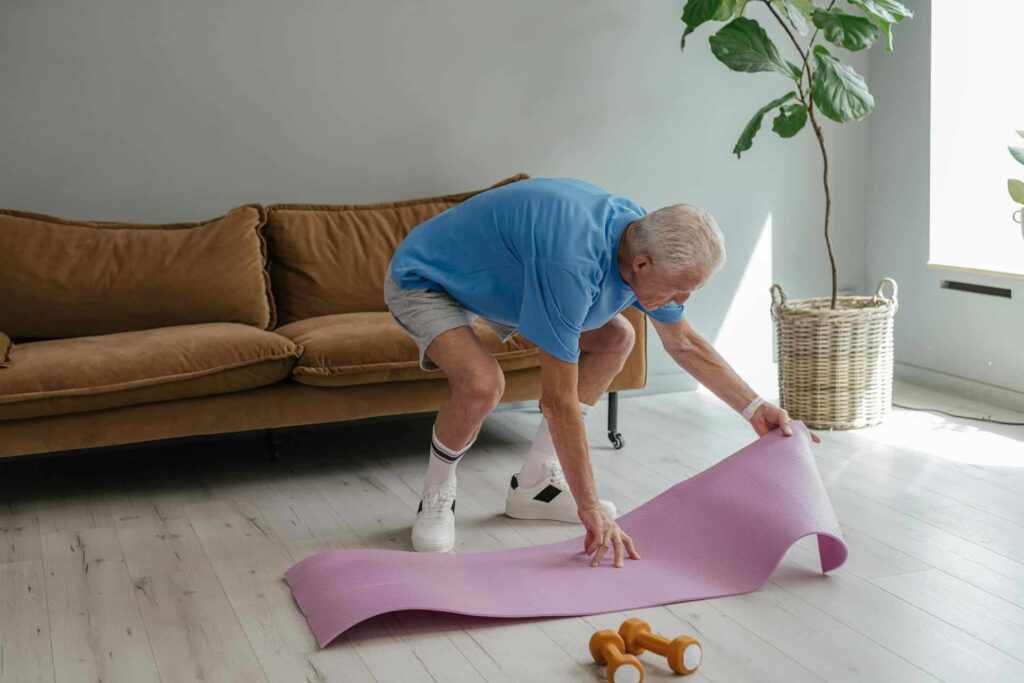
Core strength is essential for balance as it helps stabilize the body during movement. These core exercises for seniors focus on gentle yet effective ways to strengthen the midsection and lower back.
1. Seated Marching
- How to do it: Sit upright on a sturdy chair with your feet flat on the floor. Gently lift one knee at a time, mimicking a marching motion. Keep the core engaged.
- Benefits: This exercise builds strength in the hip flexors and lower core, aiding in stability.
2. Pelvic Tilts
- How to do it: Lie on your back with knees bent. Gently tilt your pelvis upward, pressing your lower back into the floor, then release.
- Benefits: Pelvic tilts strengthen the lower abdomen and help reduce back pain, contributing to overall balance and core stability.
Weight Training for Seniors: Strengthening Muscles for Stability

Including weight training for seniors is an effective way to prevent muscle loss and improve balance. You don’t need heavy weights—a pair of light dumbbells or even household items like water bottles can work wonders.
1. Dumbbell Bicep Curl
- How to do it: Hold a weight in each hand with arms at your sides. Slowly lift the weights toward your shoulders, then lower.
- Benefits: Strengthens arm muscles, which can assist with daily activities like lifting and reaching.
2. Seated Shoulder Press
- How to do it: Sit in a chair with a weight in each hand at shoulder height. Press the weights overhead, then return to starting position.
- Benefits: Strengthens shoulder and upper back muscles, promoting good posture and arm stability.
Balance Training Exercises for Seniors at Home
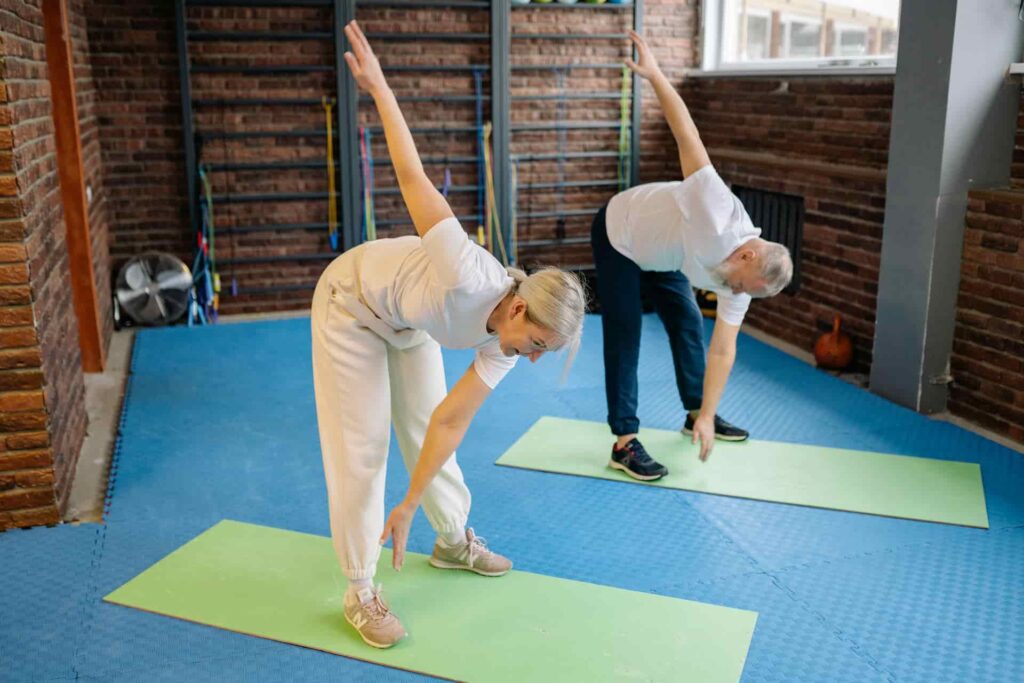
The following balance training exercises are ideal for seniors at home, requiring only a sturdy chair or countertop for support. They focus on lower body strength and coordination, which are essential for safe movement.
1. Heel-to-Toe Walk
- How to do it: Walk in a straight line, placing the heel of one foot directly in front of the toes of the other. Use a wall for support if needed.
- Benefits: Improves coordination and strengthens leg muscles for better balance.
2. Single-Leg Stand
- How to do it: Hold onto a chair or countertop. Slowly lift one foot off the ground and hold for as long as comfortable, then switch legs.
- Benefits: Enhances stability and strengthens the lower body, which can reduce the risk of falls.
3. Side Leg Raises
- How to do it: Stand behind a chair for support. Lift one leg straight out to the side, hold briefly, then lower.
- Benefits: Strengthens hip muscles, which are crucial for balance and lateral stability.
Stretching and Cool-Down
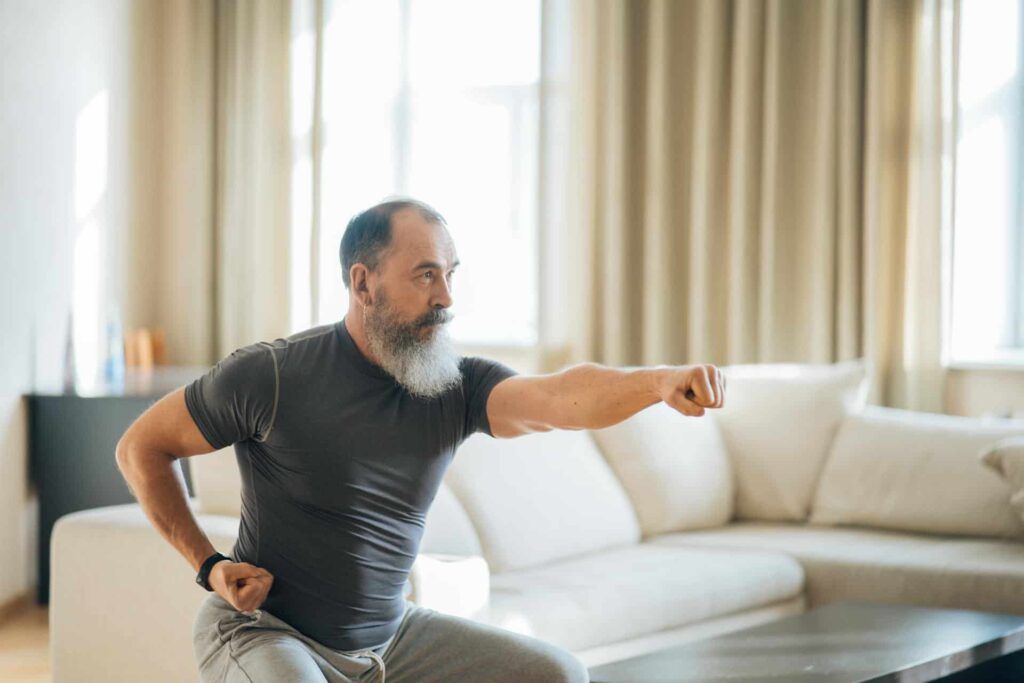
Stretching after each session is essential to prevent muscle tightness and maintain flexibility. Gentle stretches improve blood circulation and help muscles recover after exercise.
1. Seated Hamstring Stretch
- How to do it: Sit on the edge of a chair, extend one leg out, and reach toward your toes.
- Benefits: Loosens up the hamstrings, reducing tension and increasing flexibility in the legs.
2. Neck Stretches
- How to do it: Gently tilt your head to one side, holding for a few seconds, then switch sides.
- Benefits: Eases neck stiffness and promotes relaxation after balance and strength exercises.
Tips for Safe and Consistent Training

Staying consistent with balance training for seniors doesn’t mean pushing too hard. Keep it safe and steady with these tips:
- Set Realistic Goals: Begin with small goals and gradually increase intensity.
- Listen to Your Body: Stop if you feel discomfort and consult with a healthcare provider if needed.
- Stay Hydrated: Drink water throughout your workout, as hydration supports energy and muscle function.
Final Thoughts: The Benefits of At-Home Balance Training for Seniors

Incorporating balance training and core exercises for seniors into a weekly routine can have life-changing benefits. It’s about more than physical strength—this training supports independence, confidence, and a renewed sense of freedom. With these easy-to-follow exercises, seniors can stay active, reduce the risk of falls, and enjoy a higher quality of life.
Helping seniors stay strong and balanced isn’t just an exercise plan; it’s a way of empowering them to continue doing the things they love with confidence and ease. Embrace each movement, celebrate each success, and enjoy the journey to a stronger, more balanced life.

